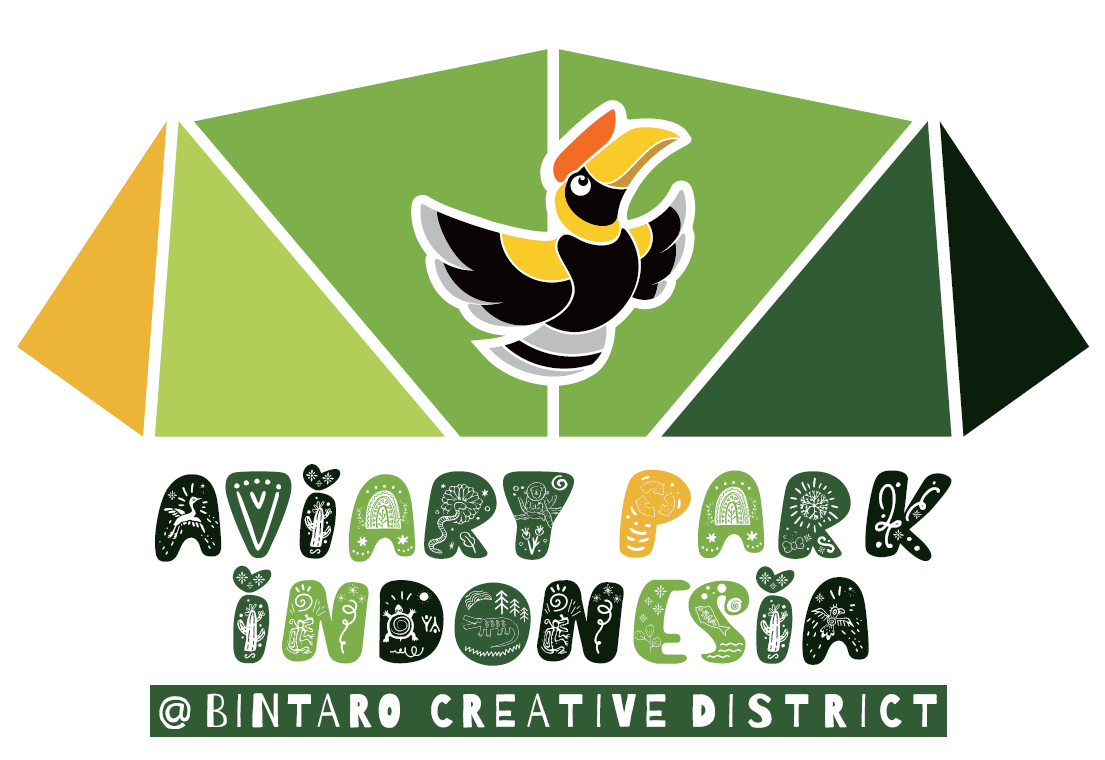Kerbau Jawa: The Majestic Animal of Indonesia
Indonesia, known for its diverse wildlife and stunning landscapes, is home to a unique and majestic animal – the Kerbau Jawa. Also known as the Javanese buffalo, this gentle giant plays a significant role in the country’s culture and agriculture. In this article, we will delve into the fascinating world of the Kerbau Jawa, exploring its characteristics, habitat, and importance to the local communities.
Characteristics of the Kerbau Jawa
The Kerbau Jawa is a large domesticated buffalo species that is native to the island of Java in Indonesia. Known for its distinctive appearance, the Kerbau Jawa has a robust body, long curved horns, and a dark brown or black coat. These majestic creatures can weigh up to 900 kilograms and stand over six feet tall at the shoulder, making them an impressive sight in the Indonesian countryside.
Habitat and Distribution
The Kerbau Jawa is primarily found in the rural areas of Java, where they are used for various agricultural purposes. These gentle giants are well-adapted to the tropical climate of Indonesia, with lush green landscapes and fertile rice paddies providing the perfect habitat for their grazing needs. While they are predominantly found on Java, some Kerbau Jawa can also be spotted on other Indonesian islands, such as Bali and Sumatra.
Importance to Local Communities
In Indonesia, the Kerbau Jawa holds immense cultural and economic significance. These animals are not only used for plowing fields and transporting goods but also play a vital role in traditional ceremonies and rituals. Many communities in Indonesia revere the Kerbau Jawa as a symbol of strength, fertility, and prosperity, making them an integral part of the country’s cultural heritage.
Frequently Asked Questions about Kerbau Jawa
1. What is the lifespan of a Kerbau Jawa?
The average lifespan of a Kerbau Jawa is around 15-20 years, depending on factors such as diet, healthcare, and living conditions.
2. What do Kerbau Jawa eat?
Kerbau Jawa are herbivores and primarily feed on grass, leaves, and other plant materials. They have a voracious appetite and can consume large quantities of food daily.
3. How are Kerbau Jawa used in agriculture?
Kerbau Jawa are commonly used for plowing fields, transporting goods, and providing labor in agricultural activities. Their strength and endurance make them valuable assets to farmers in Indonesia.
4. Are Kerbau Jawa endangered?
While the population of Kerbau Jawa has declined in recent years due to habitat loss and hunting, they are not currently classified as endangered. Conservation efforts are underway to protect these magnificent creatures and ensure their survival for future generations.
5. Do Kerbau Jawa have any predators?
Kerbau Jawa are not typically preyed upon by natural predators in Indonesia. However, they may face threats from diseases, habitat destruction, and human conflicts.
6. Can Kerbau Jawa swim?
Yes, Kerbau Jawa are excellent swimmers and are known to cross rivers and water bodies in search of food and grazing grounds.
7. How are Kerbau Jawa cared for by their owners?
Owners of Kerbau Jawa provide them with proper nutrition, shelter, and healthcare to ensure their well-being. Regular grooming, bathing, and veterinary check-ups are essential for maintaining their health.
8. Are there any festivals or events dedicated to Kerbau Jawa?
Yes, there are several festivals and events in Indonesia that celebrate the Kerbau Jawa, such as the traditional bull races in Bali and Java. These events showcase the strength and agility of these magnificent creatures.
9. Can tourists interact with Kerbau Jawa?
Tourists visiting Indonesia can experience close encounters with Kerbau Jawa in rural areas, where they are commonly seen grazing in fields or working alongside farmers. However, it is essential to respect these animals and maintain a safe distance to avoid any disturbances.
10. How can I support conservation efforts for Kerbau Jawa?
There are various ways to support conservation efforts for Kerbau Jawa, such as donating to wildlife organizations, volunteering at local sanctuaries, and spreading awareness about the importance of protecting these magnificent creatures.
In conclusion, the Kerbau Jawa is a symbol of Indonesia’s rich cultural heritage and natural beauty. By learning more about these majestic animals and their significance to the local communities, we can appreciate the importance of conservation and sustainable practices to ensure their survival for future generations. Whether you encounter a Kerbau Jawa in the lush green landscapes of Java or witness their strength and agility at a traditional festival, these gentle giants will undoubtedly leave a lasting impression on your backpacking adventure in Indonesia.
